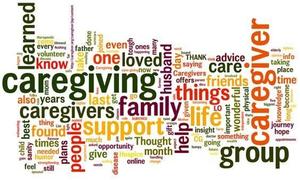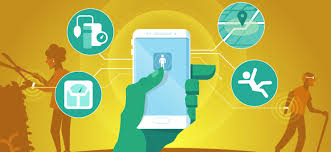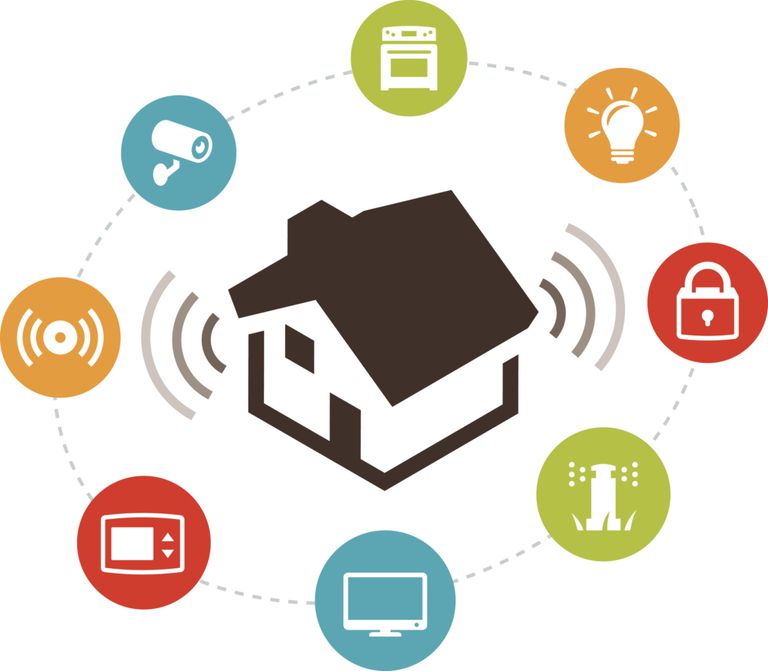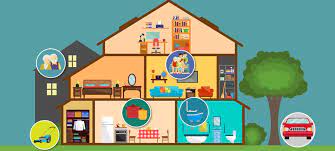Five main obstacles that could hinder the responsible adoption of AI-based technologies and propose strategies to address them.
Companies are betting on AI—yet nearly all enterprise pilots are stuck at the starting line.
That dream of a universal electronic health record has proven elusive.
New AI tool to track vocalisation trends such as shouting and coughing in dementia patients and flagged in real time.
The emerging role of AI-based companions in the care of people with dementia, referencing brain-health startups.

 Clearly many caregivers are missing out on useful technology. According to the new
Clearly many caregivers are missing out on useful technology. According to the new  Years ago, tech for older adults became a unique category – is it still? Today most older adults want to use all consumer technology, aka AllTech. Why? Because their families and peers do so, for one, and second, (or maybe first), they do not consider themselves old. A puzzle framework evolved over the years that can encompass ‘AllTech’ but adds supportive tech for those with specific limitations like
Years ago, tech for older adults became a unique category – is it still? Today most older adults want to use all consumer technology, aka AllTech. Why? Because their families and peers do so, for one, and second, (or maybe first), they do not consider themselves old. A puzzle framework evolved over the years that can encompass ‘AllTech’ but adds supportive tech for those with specific limitations like  Sensor-based remote monitoring of older adults – a good idea in 2009. That year, GE
Sensor-based remote monitoring of older adults – a good idea in 2009. That year, GE  The 2024 media message touts aging in place. It’s what everyone wants to do, even those with homes that are difficult to navigate, long distances from family, and must have major modifications to enable remaining there. Yet you read this message nearly every week --
The 2024 media message touts aging in place. It’s what everyone wants to do, even those with homes that are difficult to navigate, long distances from family, and must have major modifications to enable remaining there. Yet you read this message nearly every week -- 
 You know homeowners plan to ‘age in place’ – repeated across all surveys. It makes sense to them – they like their homes, locations, their familiar neighborhoods, shops, their friends, and neighbors.
You know homeowners plan to ‘age in place’ – repeated across all surveys. It makes sense to them – they like their homes, locations, their familiar neighborhoods, shops, their friends, and neighbors.